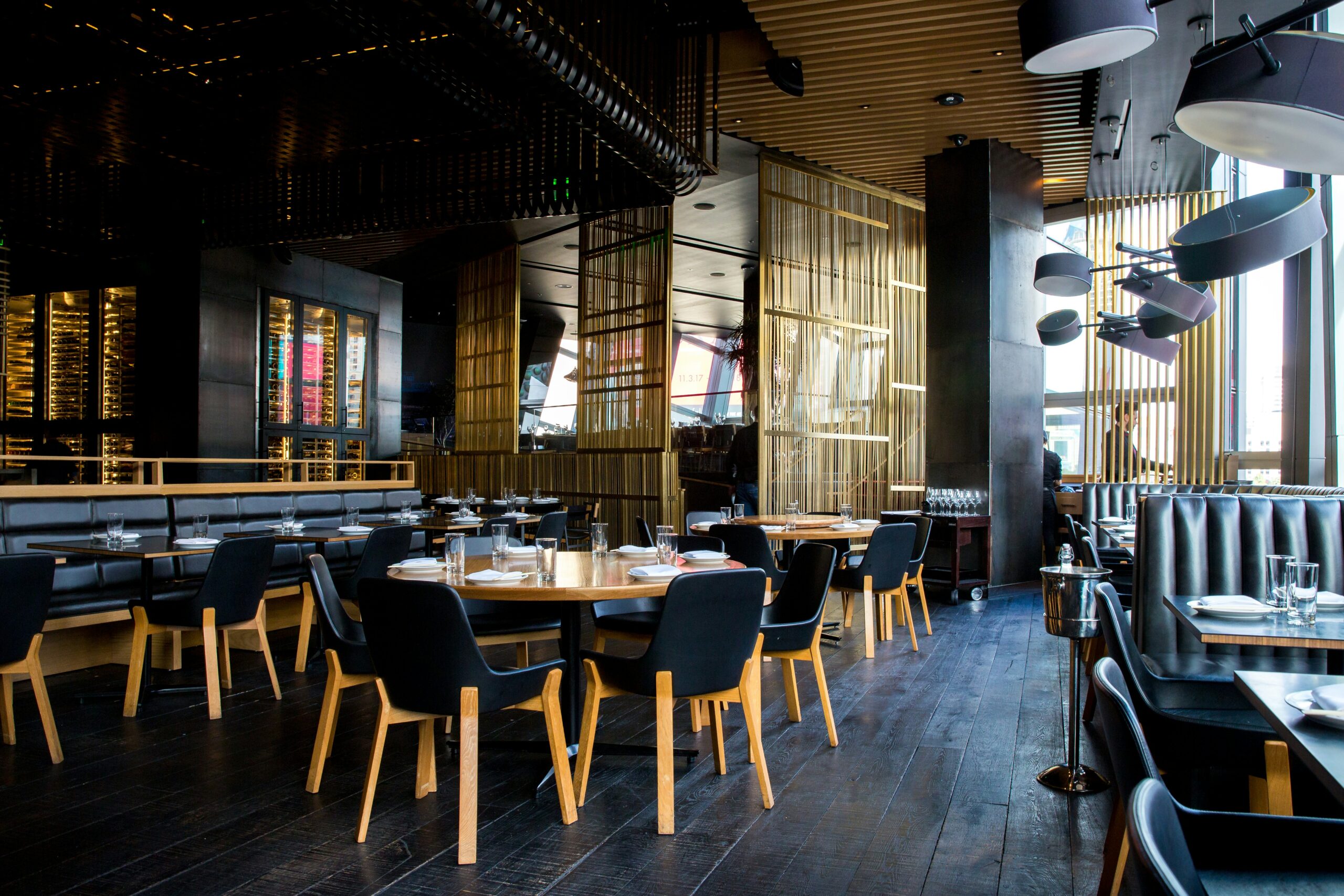
The consumer and retail sector saw increased M&A activity in 2021, and momentum has continued
Rising Inflation Causing Consumer Pause
With the changing inflation rates, the U.S. still holds an optimistic outlook on global e-commerce, though some consumers may be more hesitant to engage in interactions. Ensuring proper customer experience and well-handled delivery procedures could go a long way in retaining shoppers in 2023.
Mastering the Retailer Supply Chain
Players like Amazon and Walmart have set a new standard for consumer’s expectation for same-day or next-day delivery. To respond, we’ve seen retailers enhancing their partnerships with, and even acquiring third-party logistics providers to get goods to consumers faster. Recent examples include American Eagle Outfitters’ acquisition of Quiet Logistics, Costco’s acquisition of Innovel Solutions, and Panasonic’s acquisition of Blue Yonder, a widely used warehouse and labor management platform.
It’s no secret COVID-19 exploited vulnerability to global supply chain and manufacturing procedures. As many retailers felt the repercussions of this and know the outcome of another supply chain disruption, companies may start to diversify the location of suppliers to account for the unpredictability of this disruption.
Our consumer & retail team has played a hand in acquisitions for retailers with recent engagements including:
- Acting as Exclusive Financial Advisor for TPS Holdings LLC in acquiring The Paper Store
- Acting as Exclusive Sell-Side Advisor in Champlain Capital acquiring Bee’s Wrap
Shift to e-commerce beyond just distribution
Brands that were traditionally offline continue to seek additions to bring them online as quickly as possible, and many of these partners are opportunistically acquiring brands themselves. The incredible growth in the eCommerce Aggregator space, driven both by traditional M&A activity and high-value VC investment, continues to dominate the headlines. Additionally, consumer companies continue to invest in areas like CRM and content marketing to extend the product experience and further influence consumers’ decision-making and online presence.
Consolidation focused on higher-order territories
Where M&A activity historically skewed toward product category or aisle consolidation has shifted into higher-order need-state territories and solutions. For example, owning the hand cream aisle has taken a back seat to owning a total care story, and owning healthy eating has been replaced by owning all of the lifestyle. Further consolidation is expected as many product categories and store aisles remain highly fragmented.
How to win in retail today? Be nimble and think broader
For consumer & retail companies, the ground is constantly shifting. Spiking and fickle consumer demand, supply chain snarls, inflation, and fast-evolving consumer preferences are reverberating throughout the industry. These shifts are affecting every aspect of a retailer’s business—from sales and marketing strategy to inventory and supply chain management.
What Are Consumers Looking For?
Consumers expect more from retail companies today. They demand an easy, efficient, and enjoyable experience above all else. They increasingly expect retailers to meet them exactly where they are, and to meet their expectations instantly, all while displaying a lower capacity for frustration.
“Retail is as real-time as it’s ever been. Pricing fluctuations, trip-driving behavior shifts, and demand for immediacy—especially given the normalization of same-day delivery and an endless aisle online—have forced everyone in retail to leave room in their long-term plans for adaptations and adjustments.”
– Brian Cohen, Managing Director & Head of Consumer & Retail, G2 Capital Advisors
Rather than temporary, pandemic-related changes that will revert back to normal, we believe these shifts have permanently altered the retail environment.
Against this backdrop, it is critical for consumer & retail companies to embrace a more nimble and flexible strategy. Today, long-term plans are only as good as how often you revisit them. Management teams must continuously reassess their strategy and make adjustments based on the prevailing market conditions.
Questions Retailers Should Be Thinking About
- Will inflation continue to slow, and how much further could interest rates rise?
- The Fed continues to raise rates at a slightly slower pace and has signaled its intention to continue doing so at least through the spring.
- Will a slightly slowing economy morph into a full-blown recession, and will the labor market remain strong?
- While sales and margins show signs of softening, the labor market continues to defy expectations, making it hard for the Federal Reserve to further ease the policy. Layoffs in the technology, media and real estate industries make headlines. Still, they represent a minuscule portion of the labor force, with overall jobless claims falling by 20,000.
- How much longer will pandemic-era savings and easing supply chains buttress consumer spending, and will they continue to spend more on necessities?
- While personal savings soared to nearly $6.5 trillion in 2020, they’ve since dropped to below $500 billion, lower than the $1.4 trillion pre-pandemic. Despite supply chain imbalances driving discount sales as retailers looked to shed excess inventory, consumers are focusing their budgets on food and other staples and spending less on holiday categories such as electronics, clothing, and sporting goods.
- Ultimately, is a recession inevitable, and how bad might it get?
- This remains anyone’s prediction, but for business owners, management teams, and industry leaders, any level of uncertainty should be met head-on – waiting to seek clarity can be a losing move.
How do these trends affect you?
Our consumer & retail team welcomes the opportunity to share our perspectives on today’s consumer and retail environment. We can help you revisit your strategic roadmap, including whether now is the right time to sell your business, continue to grow through acquisitions, or raise external capital. Contact us to start a conversation today or learn more about our expertise in retail.
Connect with us.












